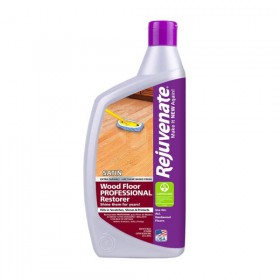The chemical compound acetone (also known as propanone, dimethyl ketone, 2-propanone, propan-2-one and β-ketopropane) is the simplest representative of the ketones. Acetone is a colorless, mobile, flammable liquid with melting point of −95.4 °C and boiling point of 56.53 °C. It has a relative density of 0.819 (at 0 °C). It is readily soluble in water, ethanol, ether, etc., and itself serves as an important solvent.
The most familiar household use of acetone is as the active ingredient in nail polish remover. Acetone is also used to make plastic, fibers, drugs, and other chemicals.
Before the invention of the cumene process acetone was produced by the dry distillation of acetates, for example calcium acetate.
Uses
Acetone is the strongest consumer-grade solvent available. It is ideal for thinning fiberglass resin, cleaning fiberglass tools and dissolving two-part epoxies and superglue before hardening. A heavy-duty degreaser, it is great for prepping metal before painting. Also thins polyester resins, vinyl and adhesives. Easily removes residues from glass and porcelain.
An important industrial use for acetone involves its reaction with phenol for the manufacture of bisphenol A. Bisphenol A is an important component of many polymers such as polycarbonates, polyurethanes and epoxy resins. Acetone is also used extensively for the safe transporting and storing of acetylene. Vessels containing a porous material are first filled with acetone followed by acetylene, which dissolves into the acetone. One liter of acetone can dissolve around 250 liters of acetylene.
Acetone is often the primary (or only) component in nail polish remover. Acetonitrile, another organic solvent, is sometimes used as well. Acetone is also used as a superglue remover. It can be used for thinning and cleaning fiberglass resins and epoxies. It is a strong solvent for most plastics and synthetic fibres.
Additionally, acetone is extremely effective when used as a cleaning agent when dealing with permanent markers. Also acetone can be used as an artistic agent; when rubbed on the back of any laser print or laser photocopy it produces a rough ready effect.
Acetone has been used in the manufacture of cordite. During World War I a new process of producing acetone through bacterial fermentation was developed by Chaim Weizmann, the first president of Israel, in order to help the British war effort.
Acetone can also dissolve many plastics, including those used in consumer-targeted Nalgene bottles. Acetone is also used as a drying agent, due to the readiness with which it mixes with water, and its volatility.
In the laboratory, acetone is used as a polar aprotic solvent in a variety of organic reactions, such as SN2 reactions.
Another industrial application is to use it as a general purpose cleaner in paint and ink manufacturing operations.
Use as an automotive fuel additive














































